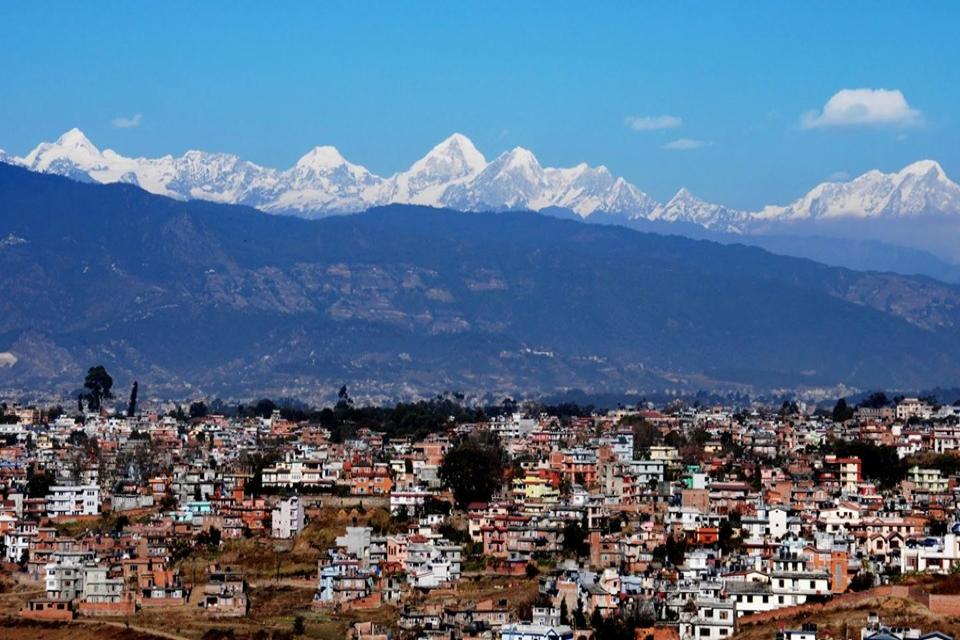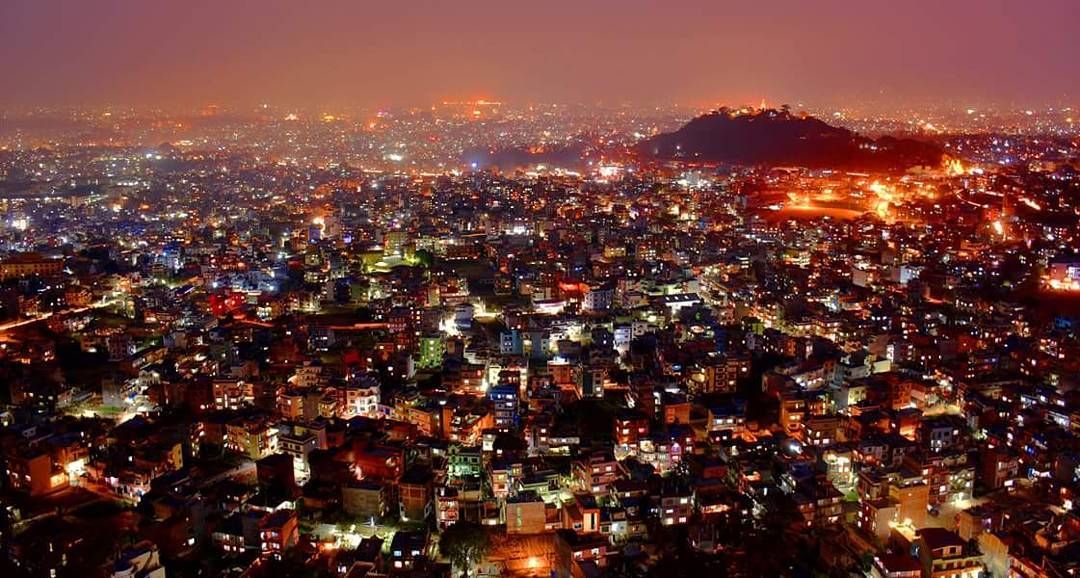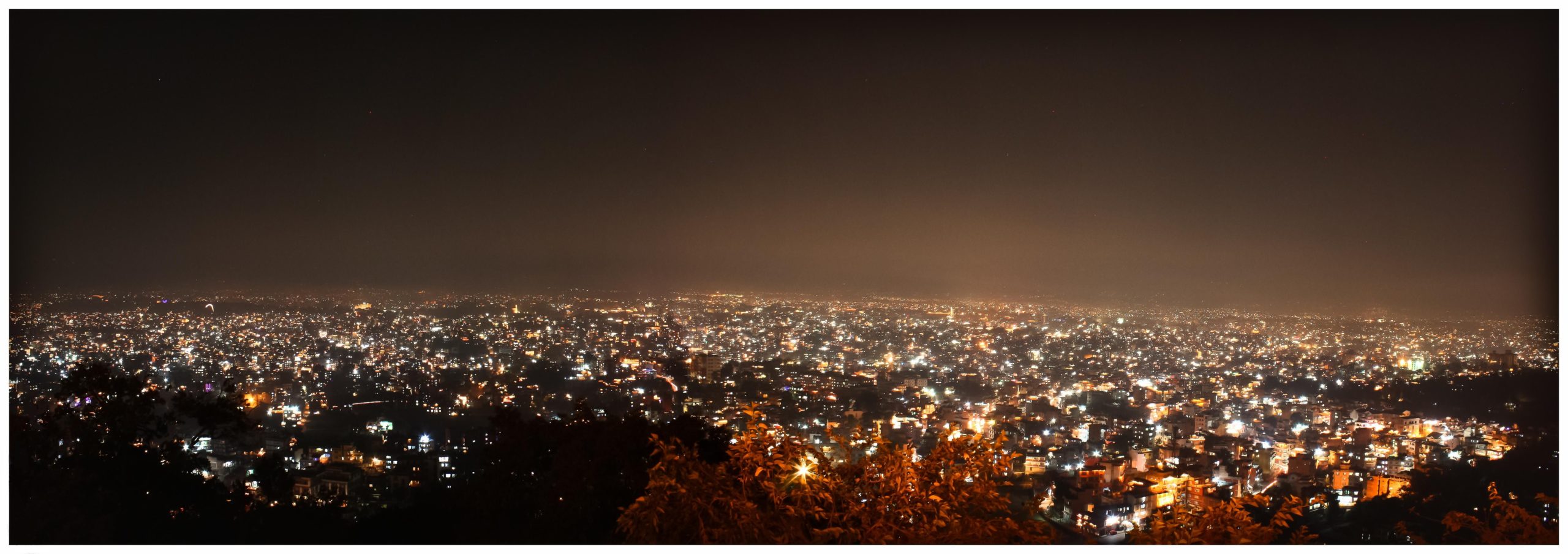Kathmandu Valley : History & its origin
History Of Kathmandu Valley
Until 1.5 million years ago, it was not a Kathmandu valley like it is now. Kathmandu Valley was a dense forest. If any human ancestor had come here to hunt, he would have met the elephant. That elephant was not as big as it is now. Was just a little bigger than us or our ancestors .According to geologists, the transformation of Kathmandu Valley began 1.5 million years ago, when friction between the Eurasian and Indian plates caused the Mahabharata mountain range to erupt to the south.
When the Bagmati was blocked and the ditch was filled with water, the dense forest here began to be submerged and destroyed. There was a commotion in the herd of animals. Clever animals may sting. Losses may have drowned while trying to make millions in Kathmandu valley. The fossils we have found are those of drowned animals.

Scientific studies have shown that the process of flooding of Khaldo started about 30,000 years ago. Two geographical disturbances may be responsible.
First, the frictional friction between the Eurasian and Indian plates that caused the Mahabharata mountain to rise to the south and form the Kathmandu Valley and freeze the lake, the constant friction of the same plate caused major earthquakes here in different periods.
For thousands of years, earthquakes shook the Valleys around the Kathmandu Valley. The gorges were cut, which became small and big bhanjyangs including Sanga, Pati (Sundarijal), Murkhu (Kakani), Gokarna, Pashupati, Bhimdhunga, Pharping and Naikap. The only geologist is of the opinion that water was drained from those bhanjyangs.
The water that has accumulated over millions of years has certainly not evaporated in a few thousand years. It is estimated that it took at least 20,000 years for the complete extinction. During this period, some gullies may have been torn by earthquakes, some may have been cut by water currents.
The fact that water was frozen in the Kathmandu Valley does not mean that it is full from the surface of the river below to the top of Chandragiri hill. There are many lakes, small, big, deep, lamcha, which have been drained in their own way at different times.

Kathmandu Valley
he longest lake-like terrain is the deep plain between the present Kathmandu, Patan and Bhaktapur regions.
This last remnant of Lake was excavated from Chobhar Gorge about 10,000 years ago, which is confirmed by scientific facts.Some things we can also understand from legends.
Origin of Kathmandu Valley
It is said that after Manjushree opened the water outlet by striking the Chobhar hill with a sword, it became suitable for human settlement in the Kathmandu valley. The knot of mystery that scientific research has not been able to solve is hidden in the legends.
We can also compare Manjushree’s sword attack with earthquakes of different periods. Why did Manjushri strike at Chobhar from the Yatra hills around the valley? Why not in Gokarna? Why not in Sanga? And didn’t Manjushri have to use a sword to cut the bhanjyang in Sundarijal and Kakani?
Our legend indicates that the last lake of Kathmandu Khaldo dried up and the Valley became habitable after the opening of Chobhar Danda.
The revelation of this story is that Kathmandu, which specializes in changing the form of ‘amoeba’, became a land suitable for human habitation at least 10,000 years ago by drying the water of the lake from the dense forest 1.5 million years ago in Valley
This is an interesting coincidence between Kathmandu story and human history.
At a time when the Kathmandu Valley was becoming habitable, our human ancestors were just learning to farm. They were making strides from the hunter-gatherer era to the agricultural era for millions of years.
They were trying to grow grain by mashing the forest. They were raising animals useful for milk, eggs and meat like cows, sheep, chickens and buffaloes. They were setting up permanent settlements in search of arable land along the river. From Egypt to Iran and from the United States to Africa, agriculture, animal husbandry, and systematic settlement were beginning .At such an important ‘turning point’ of human development, the Kathmandu Valley must have attracted a group of human beings wandering in search of a place to live .They rejoiced here, became here. Settled settlements, revived culture, created new states.Like a relay race, the kingdom passed from one ruler to another. Each ruler brought new art, new skills, skills and culture, architecture and style.The combination of all made Kathmandu a civilization.
The Licchavis have been expelled from Vaishali, India. Vaishali was ‘abbal’ in method, system and architecture in Kathmandu Valley. Their capital is near Patna in the Indian state of Bihar. India has been promoting Vaishali as the world’s ‘first republic’. According to Hindu architecture, this city-state, built in a square geometric pattern of nine-khanas, was surrounded by walls.

Kathmandu Valley
There were large wooden gates at the main entrances to the city. Lichchhavi remains are still abundant here, which are a tourist attraction.In the last year of Gautama Buddha’s life, in 486 BC, King Ajatashatru of Magadha attacked Vaishali. The Licchavis, who escaped with their lives, crossed the eastern part of India, climbed the forests of Madhes and reached Kathmandu Valley there .
How long could those who ruled a vast and prosperous empire like Vaishali stay away from Rajpath? One day, seeing the opportunity, he chased away all the Mallas, Gopal and others who ruled in different parts of the Kingdom of Nepal, including Kirant, and established their political supremacy and made Handigaun the capital. This is about the first century BC or the first century in Kathmandu Valley .
Whether it’s Athens in Greece or Rome in Italy, Luxor in Egypt, Damascus in Syria or Benares in India – there are many thousands of years old cities in the world. However, there are few ancient cities whose original form and structure have not changed. It is one of the rarest ancient cities in the world.
In terms of geography, this city, like the ‘Amoeba’, has preserved the rich Lichchavi-era urban crafts. It is now the responsibility of our generation to recognize Kathmandu Valley and make it known around the world.
Comment Here!